Daymak New Yorker FT User manual
- Category
- Scooters
- Type
- User manual
This manual is also suitable for
Daymak New Yorker FT is an electric bicycle that provides a convenient and affordable way to get around town. It's easy to ride, with a throttle on the right handlebar that controls acceleration and deceleration. The bike also has two sets of brakes, front and rear, for added safety.
The New Yorker FT is powered by a battery that provides up to 20 miles of range on a single charge. The battery can be easily removed for charging, so you can charge it at home or at the office. The bike also has a built-in headlight and taillight, making it safe to ride at night.
Daymak New Yorker FT is an electric bicycle that provides a convenient and affordable way to get around town. It's easy to ride, with a throttle on the right handlebar that controls acceleration and deceleration. The bike also has two sets of brakes, front and rear, for added safety.
The New Yorker FT is powered by a battery that provides up to 20 miles of range on a single charge. The battery can be easily removed for charging, so you can charge it at home or at the office. The bike also has a built-in headlight and taillight, making it safe to ride at night.




















-
 1
1
-
 2
2
-
 3
3
-
 4
4
-
 5
5
-
 6
6
-
 7
7
-
 8
8
-
 9
9
-
 10
10
-
 11
11
-
 12
12
-
 13
13
-
 14
14
-
 15
15
-
 16
16
-
 17
17
-
 18
18
-
 19
19
-
 20
20
-
 21
21
-
 22
22
-
 23
23
-
 24
24
-
 25
25
-
 26
26
Daymak New Yorker FT User manual
- Category
- Scooters
- Type
- User manual
- This manual is also suitable for
Daymak New Yorker FT is an electric bicycle that provides a convenient and affordable way to get around town. It's easy to ride, with a throttle on the right handlebar that controls acceleration and deceleration. The bike also has two sets of brakes, front and rear, for added safety.
The New Yorker FT is powered by a battery that provides up to 20 miles of range on a single charge. The battery can be easily removed for charging, so you can charge it at home or at the office. The bike also has a built-in headlight and taillight, making it safe to ride at night.
Ask a question and I''ll find the answer in the document
Finding information in a document is now easier with AI
Related papers
-
Daymak Ebikeinabox User manual
-
Daymak MiniPithog User manual
-
Daymak Eagle Deluxe User manual
-
Daymak ARROW User manual
-
Daymak Paris 36V 2019 User manual
-
Daymak Vermont 36V 2019 User manual
-
Daymak Florence Fat Tire User manual
-
Daymak Rickshaw King User manual
-
Daymak EM1 User manual
-
Daymak Rogue User manual
Other documents
-
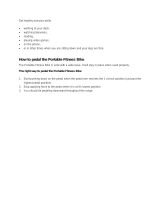 Wakeman M010033 User guide
Wakeman M010033 User guide
-
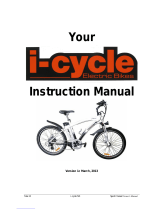 Sport Cruiser i-cycle User manual
Sport Cruiser i-cycle User manual
-
Liberty 36V User manual
-
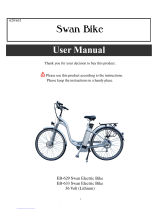 Liberty Electric Bikes EB-629 Swan User manual
Liberty Electric Bikes EB-629 Swan User manual
-
Magnum Classic Instructions For Use Manual
-
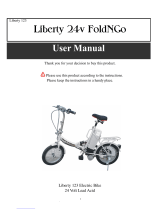 Liberty 123 24v FoldNGo User manual
Liberty 123 24v FoldNGo User manual
-
Aero Z250 Rider User guide
-
Aero Z250 User guide
-
Aero MACH 5 User guide
-
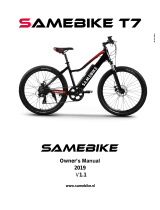 Samebike T7 2019 Owner's manual
Samebike T7 2019 Owner's manual






























